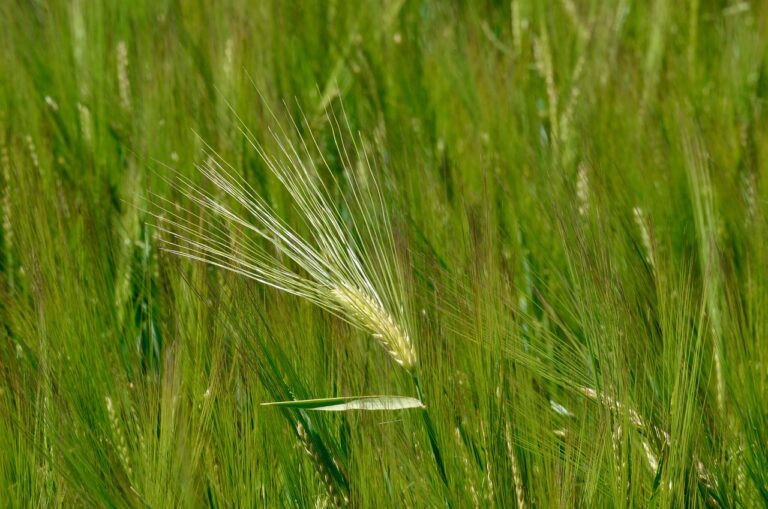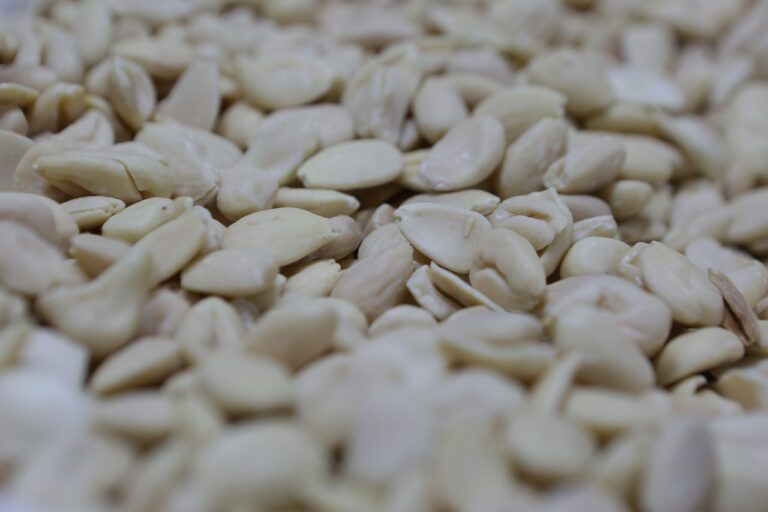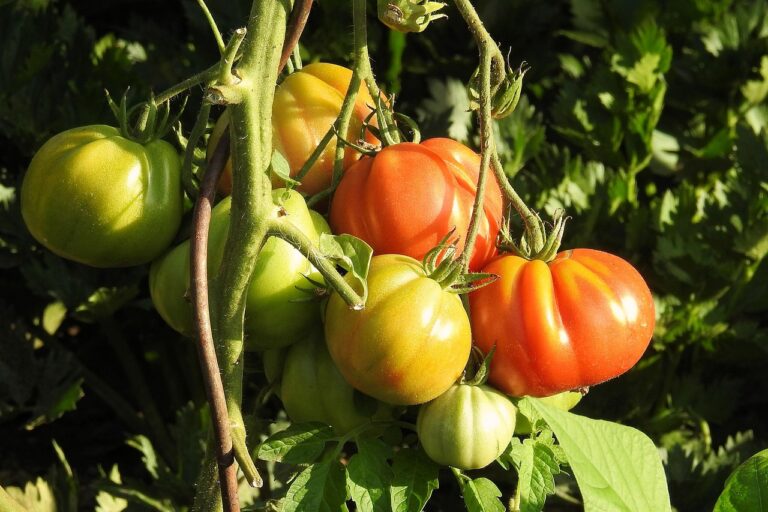The Art of Food Preservation: Exploring Traditional Methods from Around the World
Preserving food through fermentation is a common practice in many Asian cultures. One of the most popular methods is the fermentation of soybeans to make soy sauce and miso paste. The use of salt and beneficial bacteria in the fermentation process not only preserves the food but also enhances its flavors and nutritional value.
Drying is another widely used traditional method of food preservation in Asia. Fruits, vegetables, meats, and seafood are commonly dried to extend their shelf life. In some regions, sun-drying is a popular technique, while in others, foods are dehydrated using specialized equipment. Dried foods are not only convenient for storage and transportation but also retain much of their original taste and nutrients.
Preserving Food in Africa: Time-Honored Techniques
In Africa, food preservation techniques have been passed down through generations, with each community having its own methods to ensure food longevity. One common technique is sun-drying, where fruits, vegetables, and meats are laid out under the hot African sun to remove moisture and prevent spoilage. This method not only preserves the food but also intensifies its flavors, making it a popular choice across many regions.
Another prevalent technique in Africa is fermentation, a process that transforms perishable foods like dairy, grains, and vegetables into longer-lasting products. Fermentation not only extends the shelf life of these foods but also enhances their nutritional value by increasing the bioavailability of certain nutrients. This ancient method is still widely used in many African households, showcasing the ingenuity and resourcefulness of the continent’s culinary traditions.
• Sun-drying is a common food preservation technique in Africa
• It helps remove moisture and prevent spoilage of fruits, vegetables, and meats
• Sun-drying also intensifies the flavors of the preserved food
• Fermentation is another prevalent method in Africa for preserving perishable foods
• This process transforms dairy, grains, and vegetables into longer-lasting products
• Fermentation enhances the nutritional value of these foods by increasing bioavailability of nutrients
• African households still widely use fermentation as a preservation technique
European Preservation Methods: A Culinary Journey
European preservation methods have long been revered for their unique and flavorful approach to food preservation. From the salt-cured meats of Italy to the fermented sauerkraut of Germany, these techniques have stood the test of time. Each region in Europe boasts its own traditional methods that have been passed down through generations, creating a rich tapestry of culinary heritage.
The use of smoking as a preservation method is a common thread that runs through many European cuisines. Whether it’s the smoked hams of Spain or the smoked salmon of Scandinavia, this technique imparts a distinctive taste and helps extend the shelf life of perishable foods. The careful balance of salt, smoke, and time transforms ordinary ingredients into delicacies that are enjoyed around the world.
What are some traditional food preservation methods in Asia?
Some traditional food preservation methods in Asia include pickling, fermenting, drying, and smoking.
How do people preserve food in Africa using time-honored techniques?
In Africa, people preserve food using techniques such as sun-drying, curing, salting, and brining.
What preservation methods are commonly used in European cuisine?
European cuisine employs a variety of preservation methods including smoking, curing, pickling, and fermenting.
How do European preservation methods contribute to the culinary journey of the region?
European preservation methods have played a significant role in shaping the culinary traditions of the region by allowing people to enjoy seasonal foods year-round and preserving cultural food practices.







